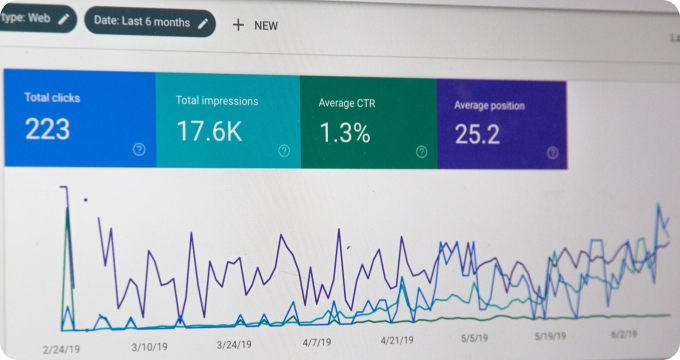What are Dual Diploma Programs and How Do They Function?
- October 10, 2023
- 2 minutes
Indubitably, navigating the modern education landscape – with its cornucopia of options, ranging from traditional degrees, online courses to vocational training – can be both exciting and overwhelming for students. Right in the midst of these offerings, dual diploma programs have emerged with their distinctive allure. For the uninitiated, dual diploma programs are academic initiatives that allow students to concurrently work towards two distinct degrees, often at two different institutions, thereby providing an intensive, multidisciplinary educational experience. But how do these programs function, what is their raison d'être, and how do they impact the students who embark on them? Let us delve deeper into understanding these questions.
Imagine, if you will, the harmonious confluence of two rivers – each with its unique character, yet merging to form a powerful, synergistic entity. This, in essence, is the concept behind dual diploma programs. They are designed to offer an integrated curriculum that bridges the gap between disparate disciplines, encouraging the application of knowledge across fields. The programs borrow from the Pareto principle or the 80/20 rule, which postulates that 80% of outputs come from 20% of inputs. By focusing on core courses from each discipline, dual diploma programs aim to deliver a comprehensive learning experience that is both time-efficient and academically enriching.
However, these programs aren't cookie-cutter solutions; they are highly individualized and are often influenced by the institutional arrangements, academic objectives, and the participating students' aspirations. Institutions enter into bilateral agreements, outlining the specifics of the program like course requirements, credits, duration, and logistics. This framework provides the necessary structure and predictability, ensuring that the dual diploma program functions as a cohesive unit.
Given their intensive nature, dual diploma programs typically span slightly longer than the average duration required to complete a single degree. However, they are still significantly shorter than the total time it would take to complete the two degrees consecutively. Thus, there exists a trade-off – a term borrowed from economics describing situations where an increase in one desirable outcome leads to a decrease in another. In this case, the time saved comes at the expense of a more demanding workload and less free time.
So, why might students choose to take on such a demanding academic endeavor? The answer lies in the unique advantages offered by dual diploma programs. Unlike traditional single degree programs, which often encourage specialization, dual diploma programs foster a multidisciplinary approach to education. Armed with two degrees, graduates find themselves uniquely positioned to navigate the increasingly interconnected and complex professional world. They can leverage their multifaceted expertise to address complex issues, generate innovative solutions, and stand out in the competitive job market.
Furthermore, these programs also facilitate international exposure, given that many dual diploma programs involve collaboration between universities in different countries. This cross-cultural experience is invaluable in the globalized world, promoting cultural competency, adaptability, and a broader world view.
However, before leaping into a dual diploma program, students would do well to ponder on its demands and their individual capabilities. While they offer considerable advantages, these programs require exceptional commitment, discipline, and intellectual rigor. The dual workload and the potential need to navigate different academic cultures can be challenging.
In conclusion, dual diploma programs are powerful academic instruments that offer a comprehensive, multidisciplinary, and globally-oriented educational experience. They function through carefully crafted institutional arrangements, delivering a compact yet intensive curriculum. While they demand a significant commitment, they reward students with unique academic and professional advantages. As the educational landscape continues to evolve, it will be interesting to see how dual diploma programs further adapt to fulfill the changing needs and aspirations of students worldwide.
Learn More
Unleash your academic potential and broaden your horizons by delving deeper into our enlightening blog posts about dual diploma programs. For a comprehensive understanding, the reader is encouraged to explore our meticulously curated rankings of Top Dual Diploma Programs.
Popular Posts
-
 11 Compelling Reasons Why You Need to Enroll in a Dual Diploma Program
11 Compelling Reasons Why You Need to Enroll in a Dual Diploma Program
-
 How to Budget Effectively for Dual Diploma Programs
How to Budget Effectively for Dual Diploma Programs
-
 Ask These Questions to a University Advisor to Choose the Right Dual Diploma Program for You
Ask These Questions to a University Advisor to Choose the Right Dual Diploma Program for You
-
 How to Hire the Best Candidates from Dual Diploma Programs
How to Hire the Best Candidates from Dual Diploma Programs
-
 4 Things I Wish I'd Known About Dual Diploma Programs Before Enrolling
4 Things I Wish I'd Known About Dual Diploma Programs Before Enrolling






